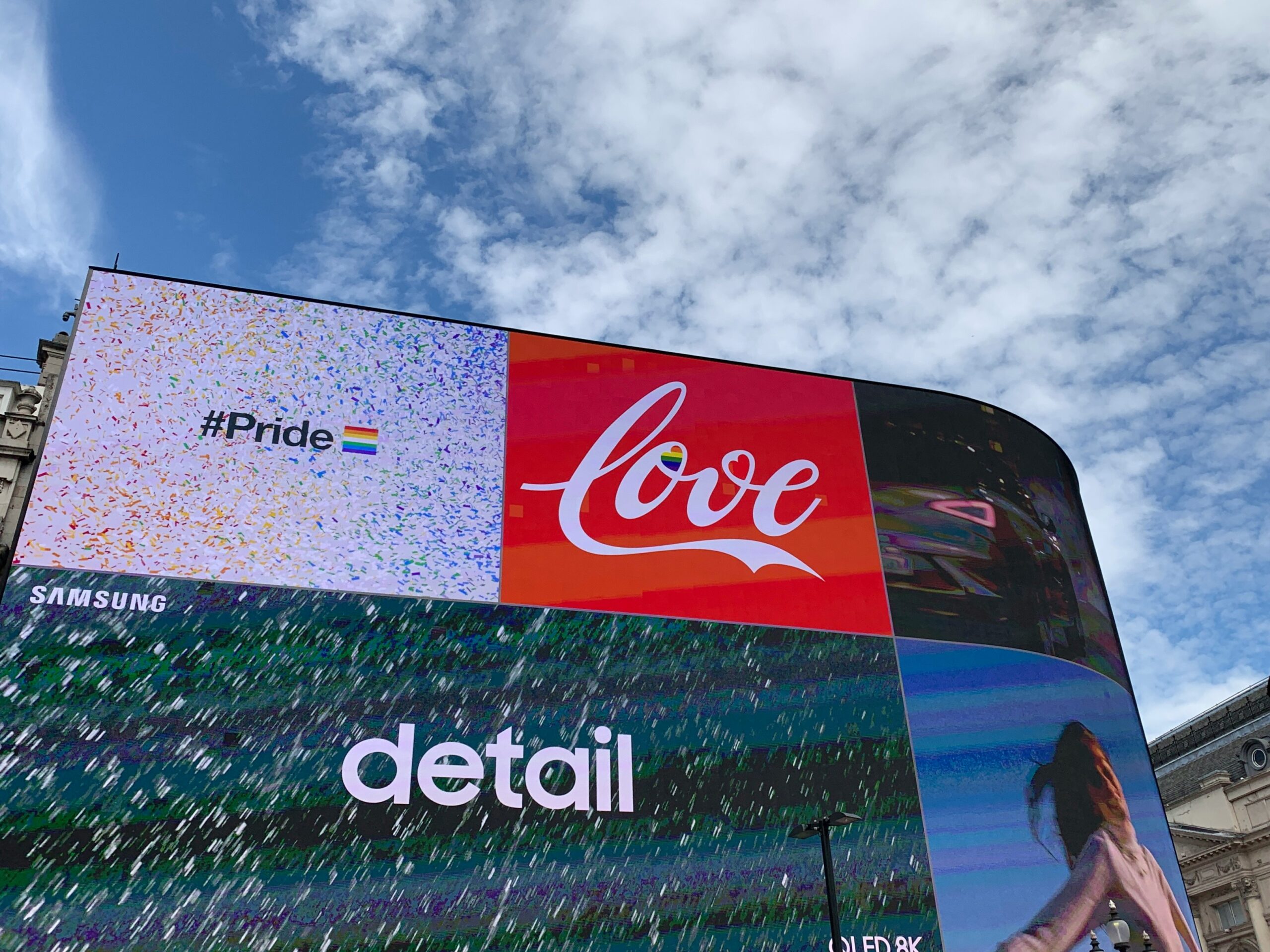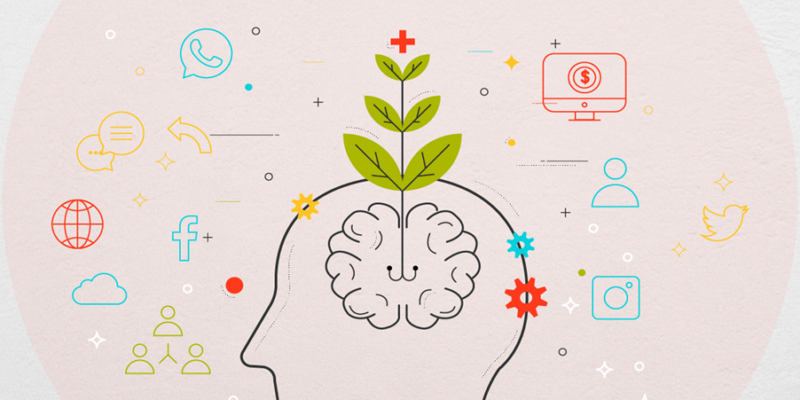Turning data into emotion: How brands use market research to build affinity
In today’s hyper-competitive market, trying to compete on price or accessibility is a fools errand. The strongest tool a brand can have in their arsenal is strong brand affinity – aka emotional connection.
Brand affinity is what drives customers to line up for the new product drops, jump in the comments on social media posts, and remain loyal even when dupes hit the market at cheaper prices. It’s a powerful thing. But it doesn’t happen by accident. It needs to be built with real data – which is where market research comes in.
The bridge between hard data and human emotion is much shorter than we think.
Moving beyond the metrics
Most companies already collect data: NPS, brand trackers, usage studies, segmentation surveys. But data alone doesn’t create connection. Brands need to be asking themselves, ‘What do these numbers mean to our audience, emotionally?’
A Nielsen study in 2016 found that ads with above-average emotional response from consumers caused a 23% increase in sales compared to average ads. That’s the power of emotion in consumer behaviour—and it all starts with understanding what your audience feels, not just what they do.
In other words: data shows behaviour, emotion explains it, and affinity is what drives it.
Here’s are some of the market research techniques being used to help brand dig deeper beyond surface-level stats to uncover emotional drivers:
Qualitative deep dives: Open-ended interviews, ethnographies, and online diaries uncover the “why” behind consumer behaviour.
Social listening & sentiment analysis: Monitoring organic conversations helps brands pick up on emotional cues in the wild. This method allowed brands like Dove to identify real concerns around beauty standards, leading to emotionally resonant campaigns like “Real Beauty.”
Co-creation with consumers: Make up brand Glossier famously built its product line by directly involving its community in product ideation. This research-informed intimacy turned customers into advocates and helped create one of the most emotionally resonant brands in beauty.
Businesses that transformed data into emotion
Spotify – Turning behaviour into identity
Spotify doesn’t just analyse listening data—it uses it to reflect users’ identities back to them. Campaigns like “Spotify Wrapped” take raw behavioural data and craft it into a celebration of you, turning passive listeners into emotionally invested users.
“Suddenly we started to realise that this was an incredible way to get our passionate users to shout from the rooftops around the brand,” says Alex Bodman, vice president and global executive creative director at Spotify. (Variety)
However it wasn’t just about brand promotion. Spotify Wrapped made listeners relationship with the app personal.
“We weren’t just talking about ourselves,” Bodman says. “We were giving people an interesting way to talk about themselves.”
Nike – Aligning with values
Nike’s market research consistently explores cultural values among its younger customers. This led to bold campaigns like the Colin Kaepernick ad, which aligned with core customer beliefs—even at the risk of backlash. This values-based affinity is built on a foundation of continuous insight gathering.
LEGO – Research-backed storytelling
LEGO used in-depth research with parents and children to understand not just how kids play, but why. The insights led to a focus on creativity and imagination in messaging, helping the brand emotionally connect with both children and parents.
As we have found in our A – Z Cultural Insights explorations, as AI and automation take over many functional interactions, emotional resonance becomes a brand’s strongest differentiator. According to Edelman’s 2021 Trust Barometer, 86% of consumers expect brands to “take one or more actions beyond their product and business,” including social or emotional leadership.
To respond effectively, brands need emotionally intelligent research—not just data collection, but human interpretation.
Brands that win today aren’t necessarily the loudest or the cheapest — they’re the ones that listen best. The ability to transform data into resonant emotional connection means not only a competitive advantage, but sustainability for your brand.




